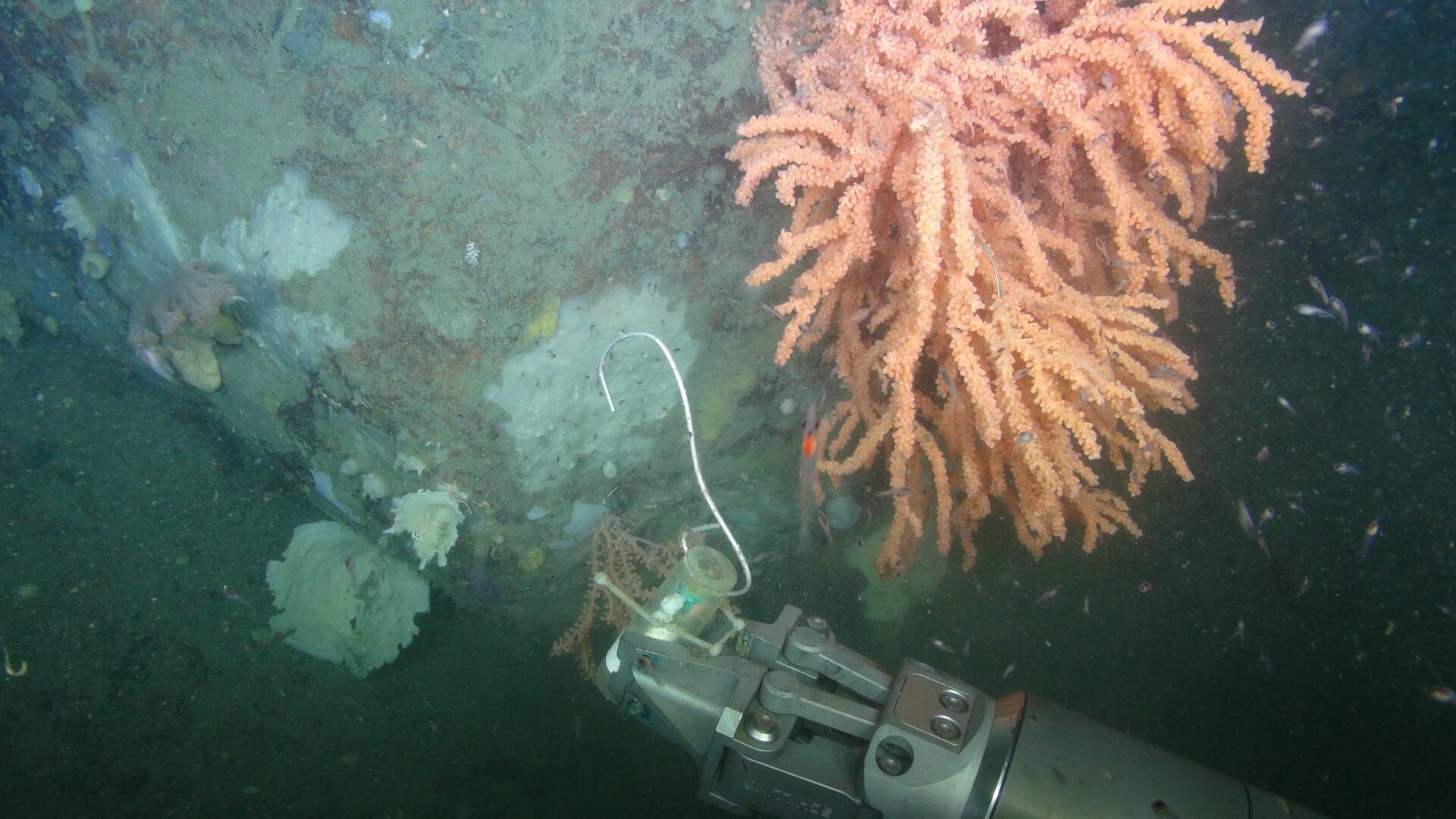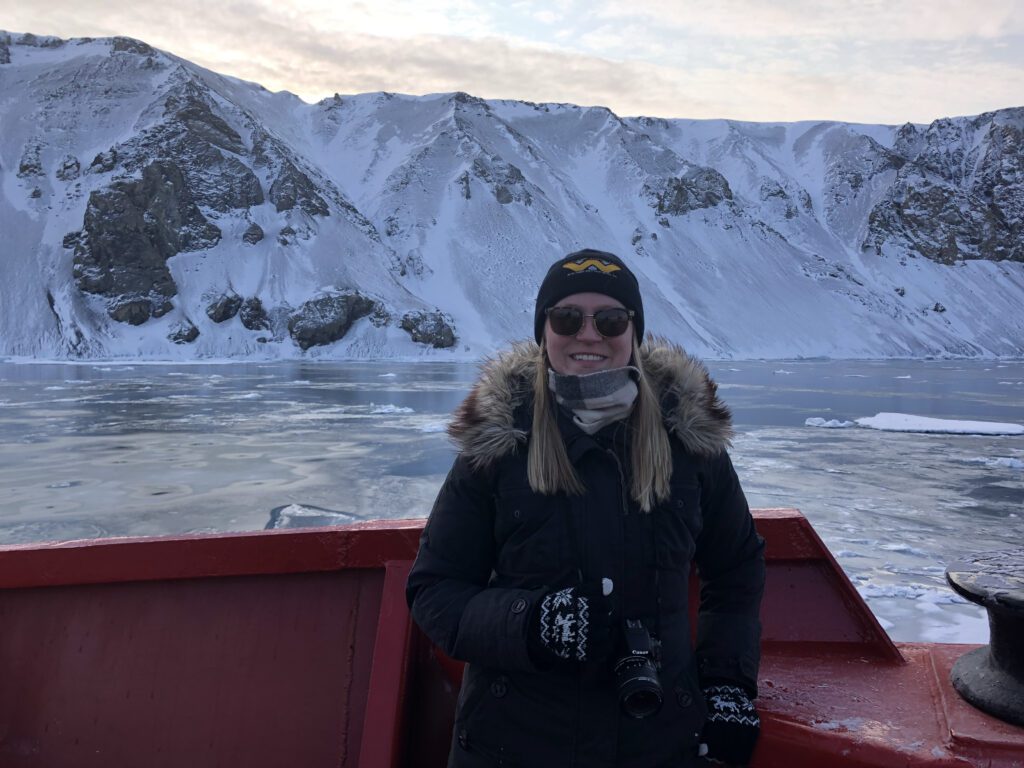Deep-sea corals and sponges create vital habitats where various marine organisms can find shelter, breed, and feed. They play a major role in ecosystem functioning by enhancing oxygen levels and nutrient cycling, supporting biodiversity hotspots in the deep ocean. Their contribution to ecosystem processes depends not only on which species are present, but also on the size and structure of their communities. Larger individuals are expected to have a greater impact by processing more nutrients and carbon through respiration. Yet, these organisms are physically fragile and recover very slowly when damaged, making them valuable to protect.
In this study, Johanne Vad and colleagues introduced a novel method called Cumulative Abundance Profiles (CAPs), which combines species abundance with individual size to better understand deep-sea community structure. This approach allowed them to explore how the composition and size structure of coral and sponge communities vary across space, and which environmental factors drive these patterns. The team collected drop-camera images during an oceanographic campaign near Saglek Bank, on the northern Labrador Shelf. From these images, they measured the density of four coral morphospecies and seventeen sponge morphospecies. Using data from dredged live specimens, they estimated the size of individuals based on the visible surface area in the images. By combining size and abundance of data, the researchers constructed CAPs and applied cluster analysis to identify three distinct community assemblages. They also estimated organic carbon turnover for each assemblage using published respiration rates to link community traits to ecosystem function.
The results showed that seafloor geomorphology, such as substrate type and terrain shape, determines where these large assemblages occur. Dissolved oxygen was identified as a key factor influencing community composition, while current speed constrained the size structure. Notably, assemblages dominated by large individuals showed higher estimated carbon turnover, reinforcing the idea that big organisms drive more ecosystem function.
From a conservation perspective, focusing on species composition alone is insufficient. The size and structure of these communities is equally important, both for their ecological role and for their vulnerability to disturbance. Environmental and geomorphological features such as substrate, terrain, currents, and oxygen levels must be considered when assessing deep-sea habitats and predicting their response to change. Ultimately, the study suggests that protecting areas where large individuals thrive may be key to maintaining ecosystem functions in deep-sea environments. The CAP approach proves to be a promising tool for linking biodiversity patterns to ecosystem processes in the deep ocean.



